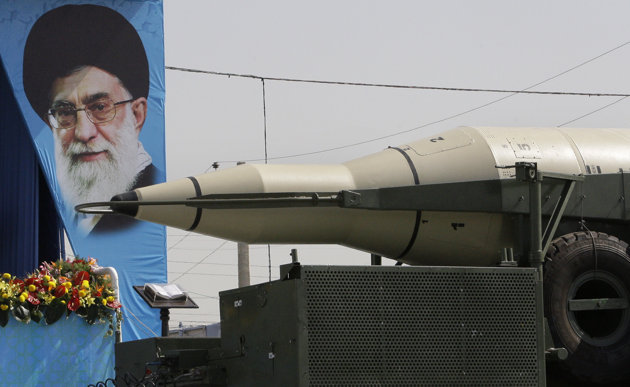Iran has tested various types of medium-range and low-altitude missile systems during the second stage of a joint air defense exercise of the Armed Forces and the Islamic Revolutionary Guards Corps (IRGC), which was held on Tuesda
Iran has tested various types of medium-range and low-altitude missile systems during the second stage of a joint air defense exercise of the Armed Forces and the Islamic Revolutionary Guards Corps (IRGC), which was held on Tuesday.
The four-day military drill, entitled the Defenders of the Sky of Velayat 4, is being conducted in eastern Iran in an area covering 850,000 square kilometers with the participation of 8000 Iranian military forces.
On Tuesday, air defense units of the Armed Forces and the IRGC repelled an attack by fighter jets and unmanned aerial vehicles of the hypothetical enemy against the country’s sensitive areas, using medium-range and low-altitude missile and artillery systems.
Iranian surveillance planes, the country’s air defense radar network, and lookouts also detected, identified, and tracked enemy fighter jets and Iranian fighter jets clashed with them.
The domestically manufactured Safat artillery system also became operational on the second day of the exercise.
The Safat artillery system can hit targets with pinpoint accuracy and cannot be detected by the enemy’s tracking systems.
The Mersad missile system, which has been designed and manufactured by Iranian engineers, was also tested and fired, successfully hitting the target.
The Mersad system uses domestically manufactured Shahin missiles, which are even more advanced than the 1970s-era U.S.-manufactured Hawk missiles.
The Shahin missile has a longer range and more destructive power, and can fly at higher altitude and hit modern aircrafts flying at low and medium altitudes.
The Mersad system is also equipped with sophisticated radar signal processing technology, an advanced launcher, and electronic equipment for guidance and target acquisition.